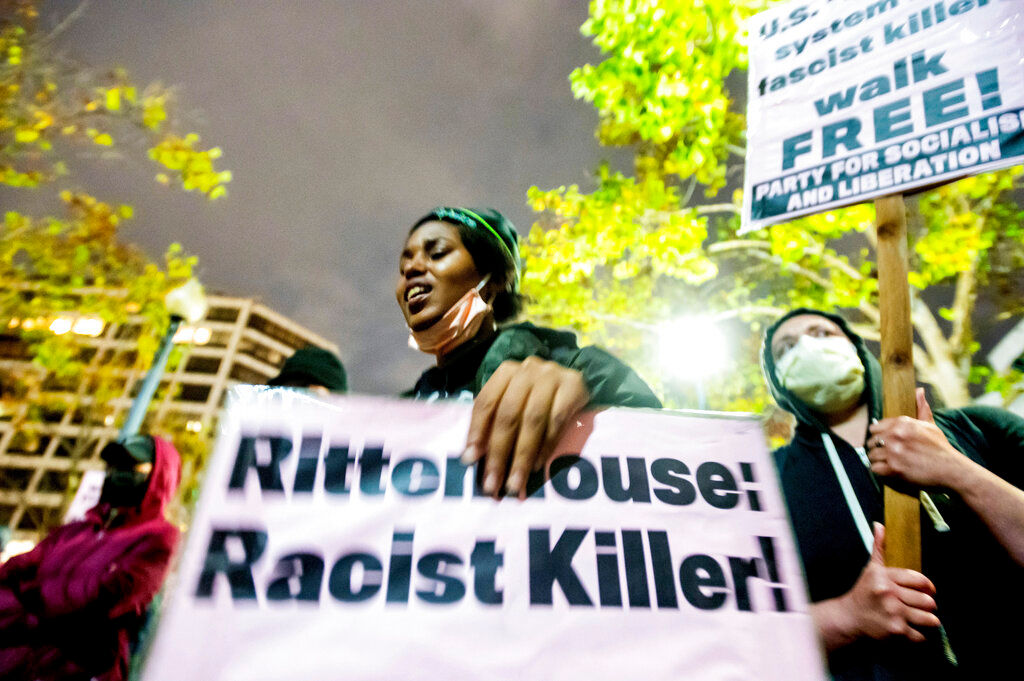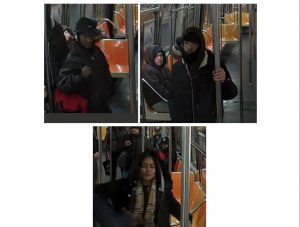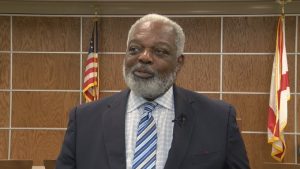The trials of Kyle Rittenhouse and three men accused of killing Ahmaud Arbery had vastly different outcomes. But coming just days apart, they laid bare a dangerous and long-running current in the fight for racial equality: The move by some white Americans to grab guns and take their own stand against perceptions of lawlessness, particularly by Black people.
The two cases, which ended with an acquittal for Rittenhouse last week and guilty verdicts for Arbery’s killers on Wednesday, highlighted polarizing issues about gun and self-defense laws, and racial injustice.
Also read: Economic recovery in deep trouble due to rising COVID-19 cases, says EU
They also forced the questions: Who or what is being protected? And from whom? Should peace of mind for white Americans come at the expense of the protection and safety of Black Americans?
“So much of this issue about protection and safety is about the safety and the protection of whites or white property,” said Carol Anderson, historian and professor of African American studies at Emory University. “There is a hubris of whiteness. The sense that it is on me to put Black lives back into their proper place.”
Arbery, a Black man, was chased and shot to death by white men suspicious of an outsider in their predominantly white Georgia neighborhood. In Wisconsin, while both Rittenhouse and the three men he shot were white, the encounter was triggered by the 17-year-old’s decision to travel from his Illinois home to Kenosha and arm himself with an AR-15 rifle, bent on protecting local businesses from Black Lives Matter protesters.
Also read: Joe Biden picks two women of colour to lead White House budgeting office
The unmistakable connection: The idea that white men who perceive a problem “should grab a gun and wade into trouble and then claim self-defense,” said Michael Waldman, president of the Brennan Center for Justice at the NYU School of Law.
“This is a product of gun culture. It’s also a product of laws … that give white men with guns the ability to create chaos and sometimes get away with it,” said Waldman, author of “The Second Amendment: A Biography.”
The two coinciding trials highlighted deep racial rifts within American society, particularly following last year’s broad movement for racial justice that swept the country in the wake of George Floyd’s murder.
Both also came at the end of a year that began with an insurrection at the U.S. Capitol, in which an overwhelmingly white crowd of supporters of former President Donald Trump, enraged with the idea that the 2020 election was “stolen” from them, stormed the building in an effort to take ownership of the government.
Also read: US Justice Department to prioritise prosecution of on-flight crimes
The impetus for raiding the Capitol, Anderson said, was the unfounded claim that there was massive amounts of voter fraud in cities where there were sizable Black populations, “the notion that Black folks voting is what stole the election.”
“That’s the thing about vigilantism, it’s that something precious to me, for me, for my community, is being stolen and it’s being stolen by the unworthy, by the undeserving,” Anderson said.
White vigilantism signifies “the need to keep the Black population, particularly the Black male population, under surveillance and under control,” said writer Darryl Pinckney. It has evolved over time, but there is a long history in the U.S. of people taking the law into their own hands — and of white Americans using that as a pretext to violently enforce racial boundaries.
Also read: What’s in Joe Biden’s Build Back Better Act for affordable housing?
Pinckney pointed to vagrancy laws and Black Codes, passed after the Civil War, that aimed to control freed slaves. “Laws that say, ‘if you can’t say where you live, you can be locked up and made to work on the chain gang for some time.’” During segregation, Black people were told they were in the wrong place. In the days of integration, it was a questioning of why Black people were in a particular place — a demand for proof that they belonged in order to put white people “at ease.”
Arbery’s death recalls the 2012 killing of Trayvon Martin, a Black teen, by a white Hispanic man patrolling his Florida subdivision against supposed criminals. For many Black Americans, that case served as a cautionary tale that just being Black could make them targets, said Angela Onwuachi-Willig, dean of Boston University’s law school.







